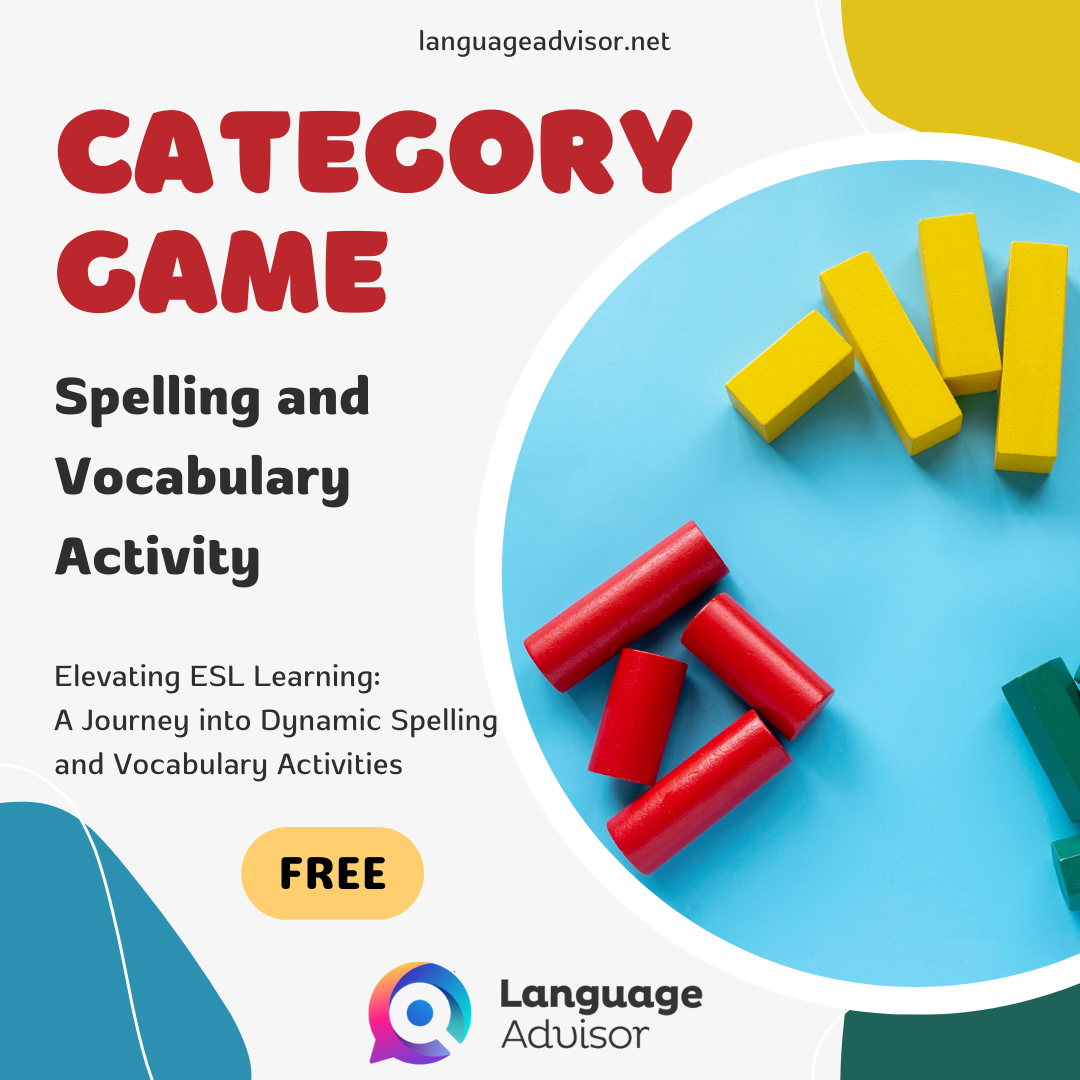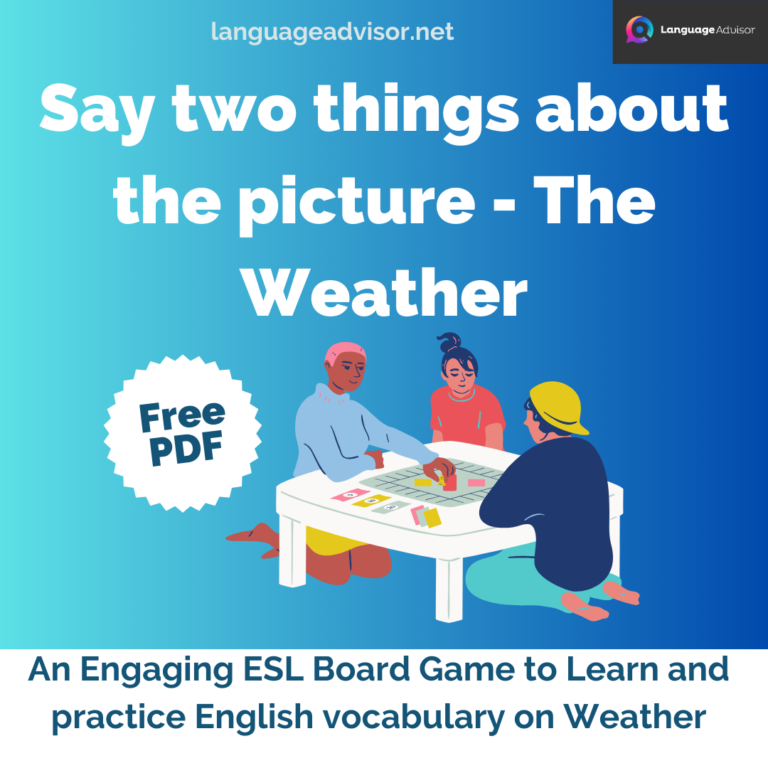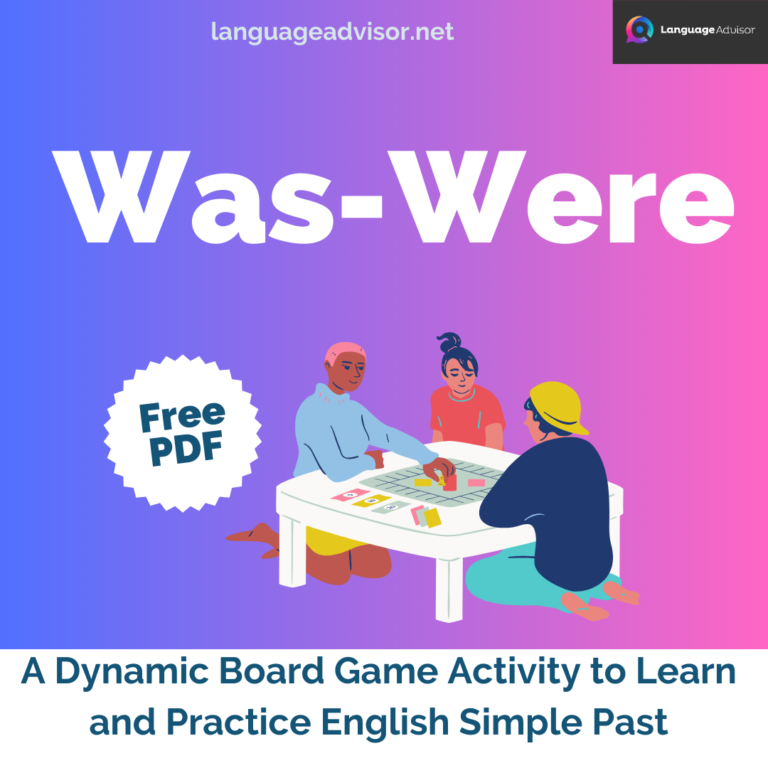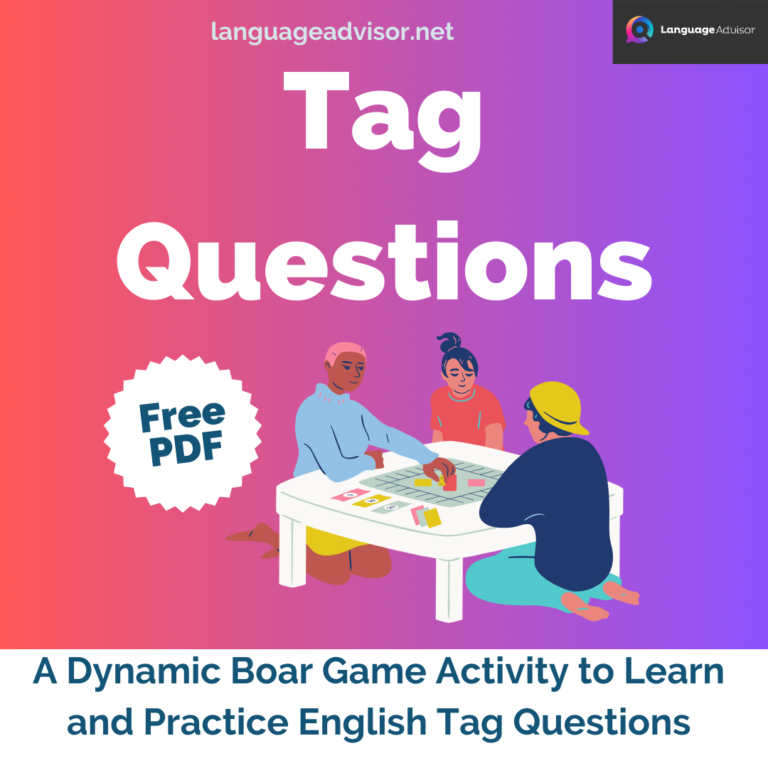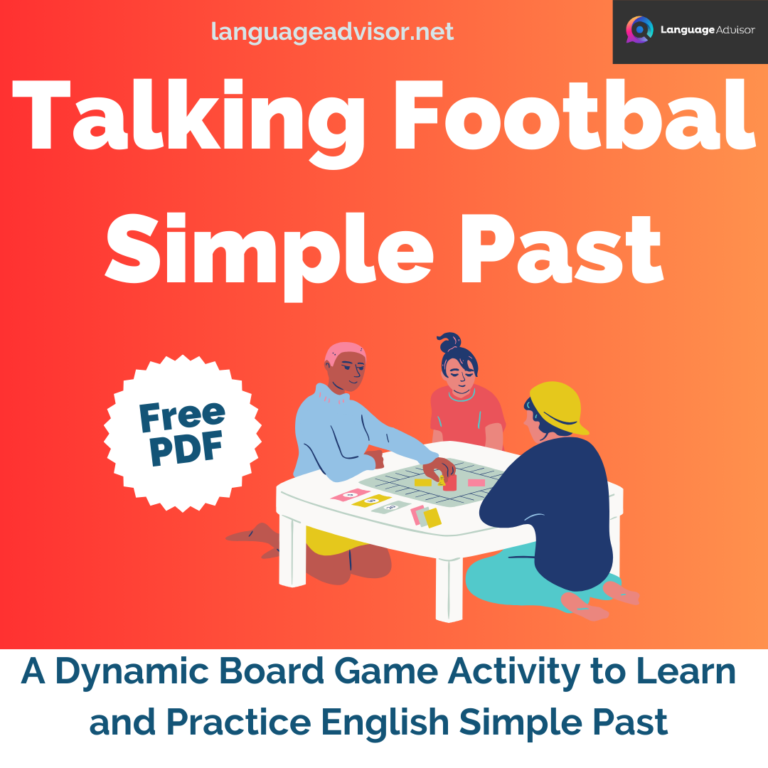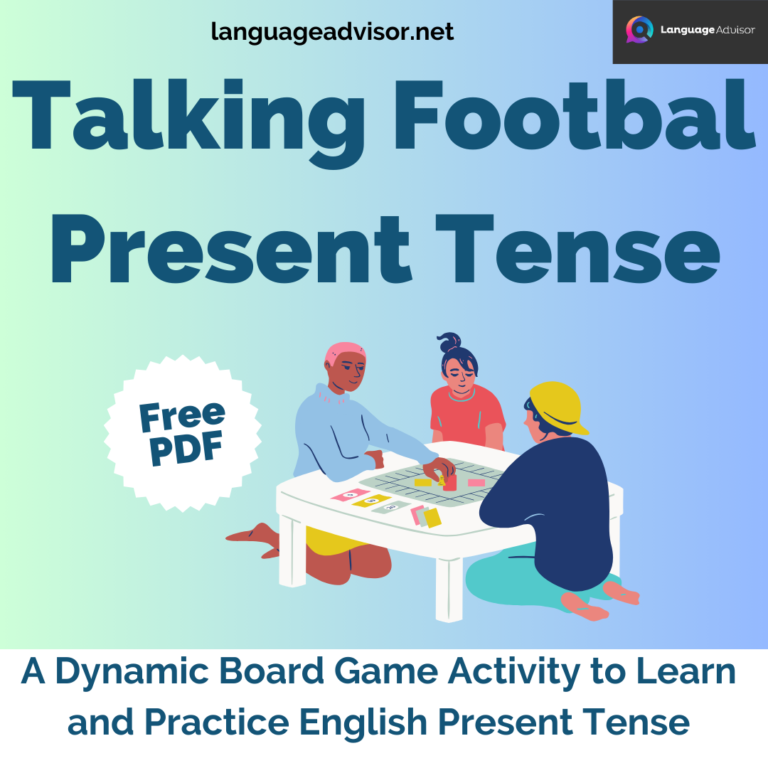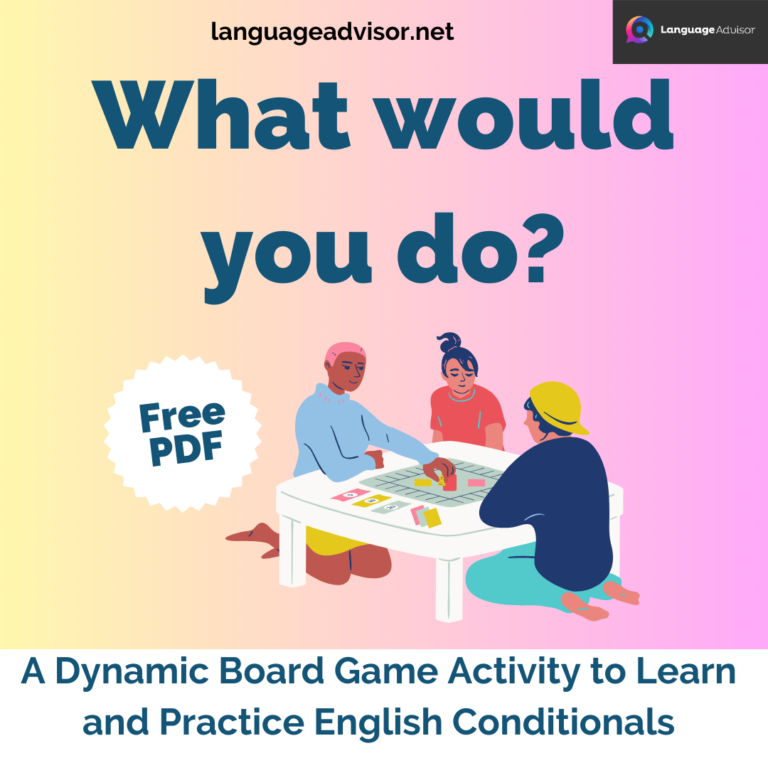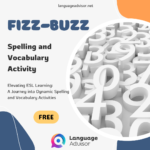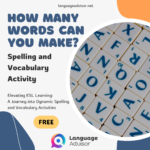CATEGORY GAME- Spelling and Vocabulary Activity. Elevating ESL Learning: A Journey into Dynamic Spelling and Vocabulary Activities
CATEGORY GAME – Spelling and Vocabulary Activity

Spelling and Vocabulary Activity
In the ever-evolving landscape of English as a Second Language (ESL) education, educators are constantly seeking innovative approaches to captivate students’ attention and deepen their understanding of the intricacies of language. One cornerstone of linguistic proficiency lies in the mastery of spelling and vocabulary. In acknowledging the dual significance of these language components, it becomes evident that they not only pave the way for effective communication but also serve as fundamental building blocks for overall language fluency.
In this blog post, let’s dive into a singular, immersive spelling and vocabulary activity that aims to inject vitality into ESL classrooms. Going beyond traditional approaches, we will explore a creative strategy that not only enhances language skills but also infuses an enjoyable element into the learning process. Through a unique combination of word puzzles, interactive games, digital platforms, and collaborative storytelling, this holistic activity is carefully crafted to transform the journey of mastering spelling and expanding vocabulary into a thrilling and fruitful endeavor for both educators and learners alike.
Take a look as we explore linguistic discovery, unlocking the potential for a more vibrant and effective ESL learning experience.

CATEGORY GAME
DESCRIPTION
Divide the class into several small teams (e.g. each row, front to back.) Have the first member of each team stand up (e.g. first person in each row). Ask a question to which there can be many appropriate answers (see below for examples). Students raise their hands to answer and can sit down if they answer appropriately.
Set a time limit, e.g. 5 seconds. If they can answer within the time, their team(s) gets a point. Go on to the next group (the second person in each row). The team with the highest number of points wins.
MATERIALS
Blackboard & chalk/ Whiteboard and Markers, pencil & paper.
CATEGORY GAME – REMARKS
Setting a short time limit speeds up the pace and ensures that each student has to participate.
Counting 5-4-3-2-1 out loud and adding a loud “time’s up” buzzer sound effect adds to the fun.
Example: Name something you can read.
- newspaper, book, article, comic, calendar, letter, test, etc.
Name something that runs. - person, motor, horse, clock, water, etc.
Name something on or in your head or face. - eyes, ears, mouth, brain, hair, skin, pimples, etc.
Name a colour. - red, orange, yellow, green, purple, brown, etc.

Also check out these articles on teaching, teaching methods and teaching tools


